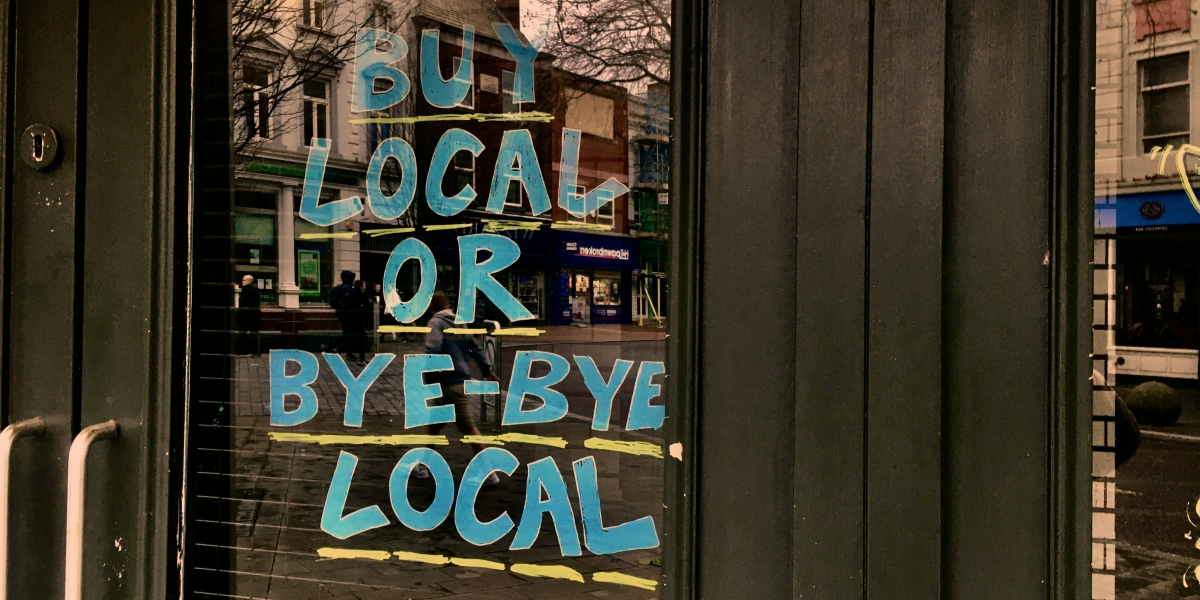Tourism has long been recognized as a key driver of economic growth, and in 2024, its role in fueling retail development is more prominent than ever. As the world recovers from the pandemic and travel activity surges, retail tourism is once again booming. Tourists from around the globe contribute billions of dollars in retail sales, boosting local economies, creating jobs, and driving infrastructural development. This article explores how tourism is shaping the retail industry, the trends that are emerging, and the opportunities and challenges faced by the sector today.
The Economic Impact of Tourism on Retail
Tourism plays an indispensable role in boosting retail sales, contributing significantly to global and local economies. In 2019, before the pandemic hit, travel retail contributed more than $178 billion to the global economy. As tourism activity rebounds in 2024, the economic impact is once again being felt, particularly in retail markets that cater to international travelers.
Revenue Generation
Retail tourism is a substantial contributor to retail revenue, with tourists seeking not only souvenirs but also high-end and luxury goods, especially in major destinations. The influx of tourists directly translates into increased retail spending, which provides local businesses with a robust revenue stream. In destinations such as Paris, Dubai, and New York, retail tourism accounts for a significant portion of annual retail sales.
Job Creation
Another major impact of tourism-driven retail is job creation. As retail outlets thrive in tourist-heavy areas, the need for a larger workforce rises, providing employment opportunities for local communities. This growth in employment supports the wider economy, reinforcing the symbiotic relationship between tourism and retail. For example, jobs in hospitality, retail, and services are closely tied to tourist demand, leading to economic prosperity in these sectors.
Infrastructure Development
As tourism drives retail demand, it also fuels infrastructural expansion. Airports, shopping malls, and entertainment districts are being built or upgraded to cater to the needs of tourists. Retail developments in areas like Las Vegas, Dubai, and Hong Kong, where tourism is a primary economic driver, are prime examples of how retail tourism can accelerate infrastructure development.
Consumer Behavior and Shopping Patterns
Tourists’ spending habits have a profound impact on retail growth. For many, shopping is not just an incidental part of travel but a primary motivation. Retail experiences have become integral to modern tourism, with travelers planning trips around shopping festivals, luxury brand outlets, and unique retail experiences.
Shopping as a Key Tourist Activity
Retail tourism is not merely about purchasing goods; it’s about creating experiences. Tourists are attracted to destinations where they can find luxury goods, limited-edition items, and authentic local products. Destinations like Paris, Tokyo, and Milan are prime examples where retail is a core part of the travel experience, drawing shoppers from around the world who are eager to immerse themselves in a rich retail culture. High-end tourists are especially keen on buying designer items and exclusive travel editions that aren’t available in their home countries.
Influence on Travel Decisions
Shopping opportunities can significantly influence travelers’ destination choices. Countries that invest in creating compelling retail experiences often become magnets for tourists. Duty-free shops, premium outlet malls, and local markets can draw in travelers looking to combine sightseeing with retail therapy. This phenomenon is especially evident in Asia, where destinations like Hong Kong and Singapore are renowned for their high-end shopping districts.
Growth Trends in Retail Tourism
As the global economy continues to recover post-pandemic, retail tourism is undergoing a strong resurgence. One of the key indicators of this growth is the rising inbound tourism revenue, which has increased by over 80% in some regions since 2022. In response, both local and international retailers are doubling down on their efforts to capture the tourist market.
Post-Pandemic Recovery
With global travel returning to pre-pandemic levels by the end of 2024, many regions that rely heavily on tourism are experiencing rapid retail growth. Popular destinations that saw a downturn during the pandemic, such as cities in Europe, Asia, and the Middle East, are now benefitting from a renewed influx of tourists. This resurgence is particularly evident in “retailtainment,” a fusion of retail and entertainment, where shopping is elevated into a multi-sensory experience that goes beyond simply buying goods.
Experiential Retail
A growing trend in retail tourism is the concept of experiential retail, where brands are creating immersive shopping environments that engage customers on multiple levels. This approach not only enhances the shopping experience but also encourages higher spending. For example, high-end retailers and luxury brands are now integrating digital experiences, personalized services, and interactive installations into their stores to create a unique and memorable experience for tourists.
Retail Tourism as a Driver of Economic Growth
The integration of retail into the tourism industry not only benefits the retail sector but also stimulates wider economic growth.
Boosting Destination Appeal
Retail tourism significantly enhances the appeal of travel destinations, particularly in cities known for their luxury shopping. Retail hubs such as New York’s Fifth Avenue, Tokyo’s Ginza District, and London’s Oxford Street are synonymous with world-class shopping, drawing millions of tourists annually. By offering unique and varied retail experiences, destinations can differentiate themselves and attract a diverse array of travelers.
Foreign Exchange Earnings
Tourists’ spending also plays a critical role in generating foreign exchange earnings, which are essential for many economies. This is particularly true for countries where tourism forms a significant part of the national income. International shoppers bring in much-needed foreign currency, which supports local businesses and boosts the national economy.
Emerging Trends and Innovations
The retail tourism sector is evolving to meet the changing preferences of travelers, with new trends and innovations emerging.
Sustainability in Retail Tourism
As travelers become more environmentally conscious, there is growing demand for sustainable products and eco-friendly practices within the retail sector. Retailers are increasingly shifting toward ethical sourcing, using sustainable materials, and minimizing waste to appeal to this new generation of eco-aware tourists.
Personalization and Exclusivity
Personalization is becoming a key differentiator in retail tourism, with tourists seeking exclusive, tailored shopping experiences. Retailers are responding by offering exclusive travel editions and personalized services that cater to the individual preferences of high-end travelers.
Challenges and Opportunities
Despite its growth, retail tourism faces several challenges. Regulatory changes, such as fluctuations in tax-free shopping policies, can influence the attractiveness of a destination for retail tourism. For instance, destinations that limit or eliminate tax-free shopping may see a decline in retail-driven tourism. However, this also presents an opportunity for countries with favorable tax conditions to attract more tourists.
Technological Advancements
One of the most promising opportunities in retail tourism is the integration of technology. From augmented reality (AR) displays to online platforms that complement in-store experiences, technology is transforming the way tourists shop. By adopting digital innovations, retailers can provide seamless, immersive shopping experiences that cater to the tech-savvy tourist.
Tourism continues to play a vital role in driving retail growth, contributing to revenue generation, job creation, and infrastructure development. As consumer behavior evolves and retail tourism expands, opportunities abound for retailers to capitalize on emerging trends like experiential retail and sustainability. While challenges such as regulatory changes persist, innovations in technology and personalization are paving the way for a bright future in retail tourism. For businesses and destinations alike, embracing the symbiotic relationship between tourism and retail is key to long-term success in this dynamic industry.









